Lee Ann Walling is holed up in her office writing Laurel’s comprehensive plan. She thought she would share interesting and significant findings from the plan, which will be presented to the town’s Planning and Zoning Commission in January.
Do you assume Laurel is a town with a lot of older, white people? If you do, you are wrong.
The median age of Laurel’s residents is only 27.7. That means half the residents are older and half are younger. The median age for Delaware is 39.1, much older. The data come from the U.S. Census Bureau’s 2010-2014 American Community Survey, which updates the 10-year census on an annual basis. Only 8.5 percent of Laurel’s population is 65 or older.
And here is another shocking statistic: 14.5 percent of Laurel’s residents are under the age of 5. That is about 557 children. This has significant ramifications for Laurel’s school system. While there is a new high school and middle school, and a new elementary school scheduled to open in 2018, Delaware’s funding formula does not let school districts build for extra capacity. In an August interview, Superintendent Shawn Larrimore estimated there were only about 180-215 open student spots spread across the grade levels.
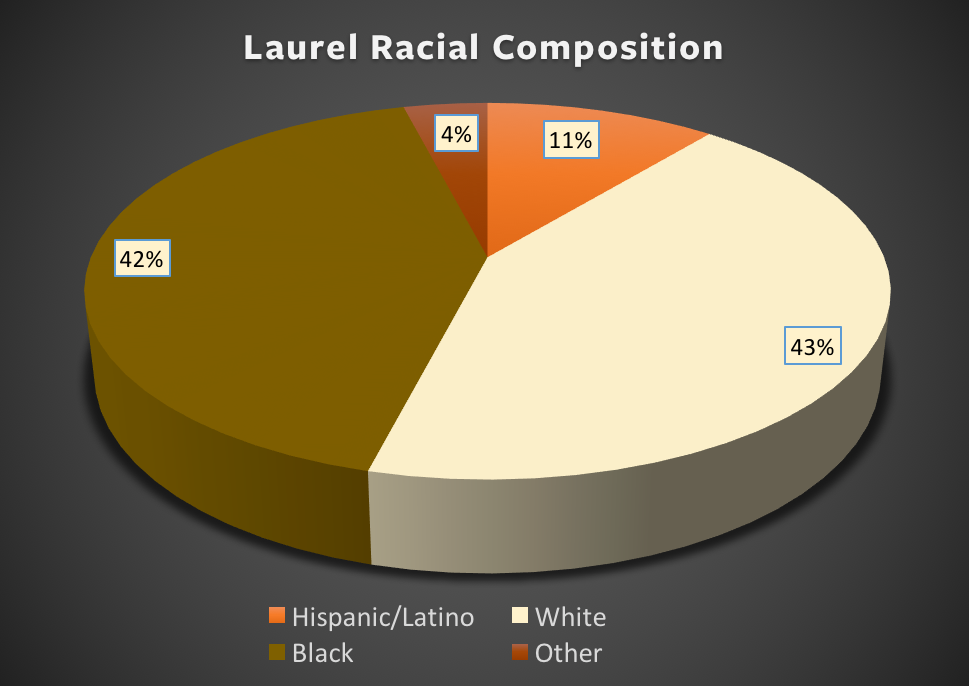 When it comes time again for a referendum to build or expand a school, taxpayers may ask, “For whom?” There likely will be a disconnect.
When it comes time again for a referendum to build or expand a school, taxpayers may ask, “For whom?” There likely will be a disconnect.
Also, Laurel’s white population is in the minority: 43 percent are white, 42 percent are African-American, 11 percent are Hispanic/Latino and 4 percent are “other.”
This information usually surprises an audience when I present it. I call these younger, poorer, non-white residents Laurel’s “invisible population.” They live in one of Laurel’s four public housing complexes or in one of the town’s many relatively inexpensive rental units. About 45 percent of Laurel’s housing units are rentals.
They work somewhere else – Seaford, Salisbury, Georgetown, Millsboro, Selbyville. Those work destinations indicate that many may work in poultry processing facilities. In fact, only 78 people both live and work in Laurel: 878 come from somewhere else every day to work in Laurel, and 1,668 residents leave Laurel every day to commute to work somewhere else.
This statistic, which indicates that Laurel functions as a bedroom community, is another disconnect. When you live and work in a community, you are more vested in its future, more likely to support tax increases, and more likely to get involved.
Wendy Roberts, Laurel’s former library director, did not believe the young median age because of the large number of large-print books she ordered for her older patrons. But these younger folks probably are not using the library. They generally are not involved in the fabric of our community, probably because they work a job or two and are too tired to attend a community meeting or event. Yet they are citizens of Laurel.
As we finalize recommendations for Laurel’s 10-year growth plan, we need to take these findings into account. Stay tuned. Planning is sexy! I invite you to respectfully comment in the spirit of your community.


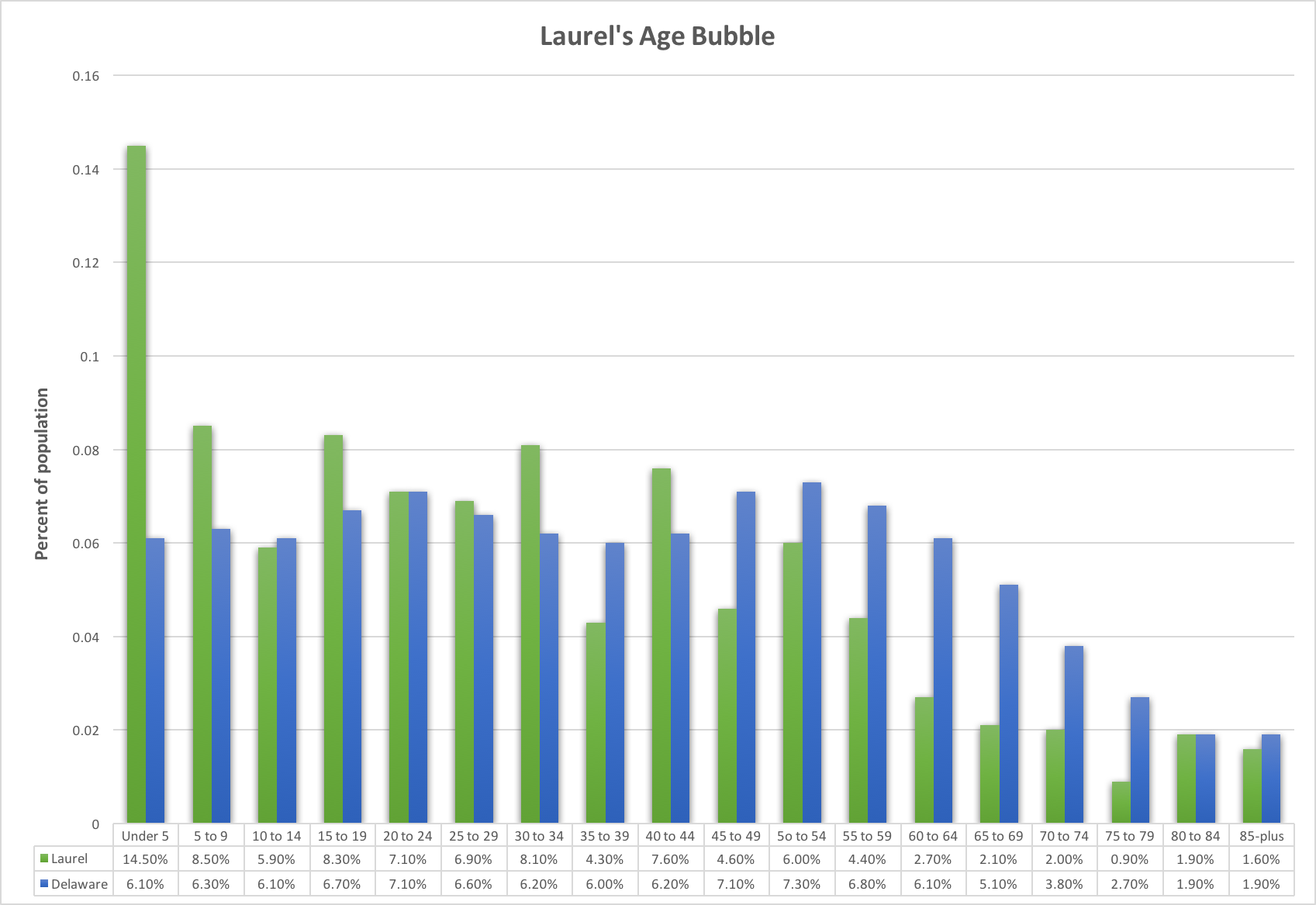

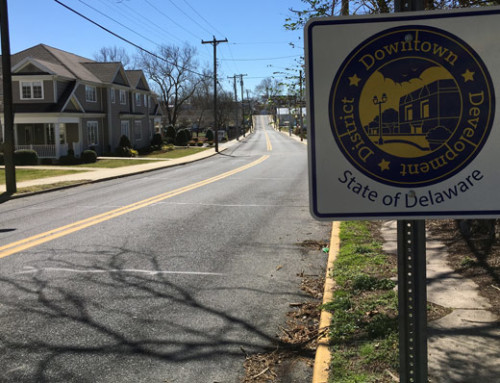

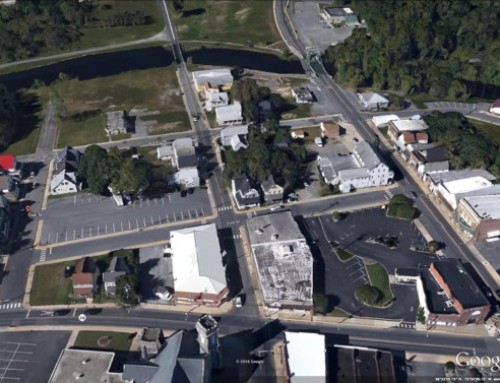
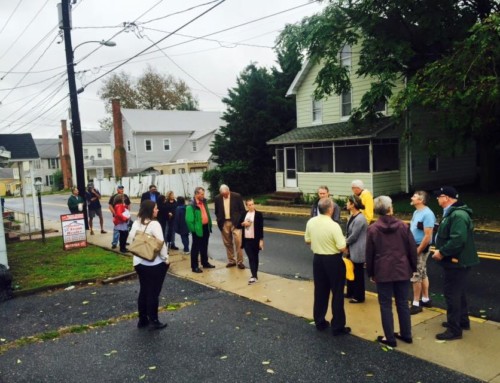
This is really interesting, Lee Ann thanks for sharing. Helps me better understand the Laurel School District and our students.